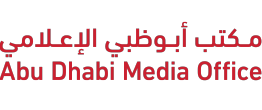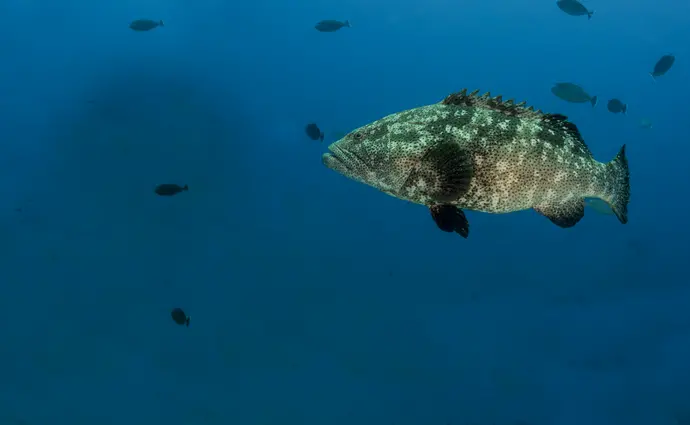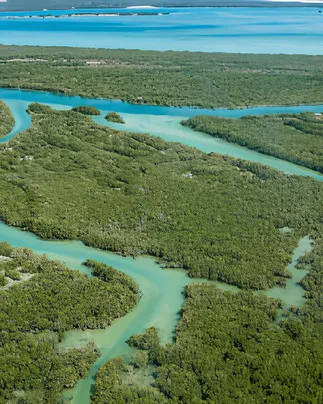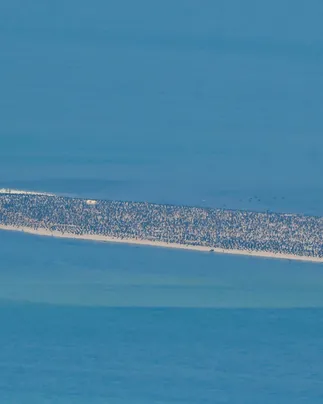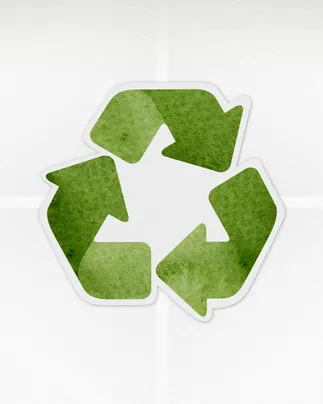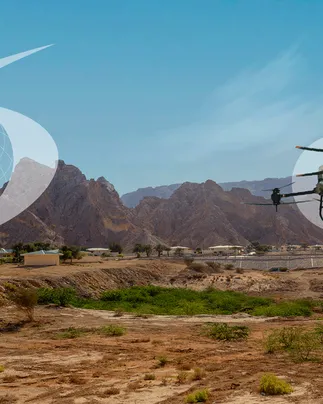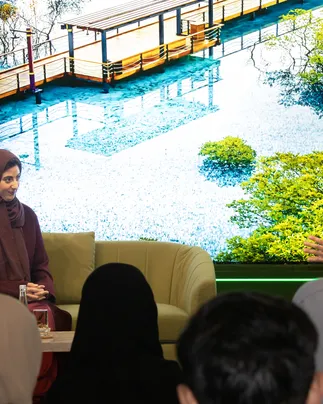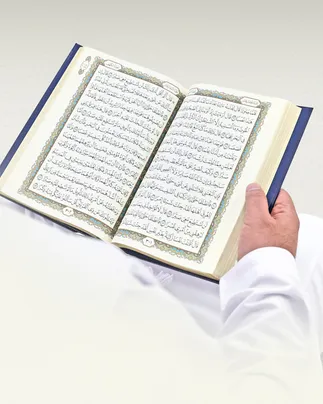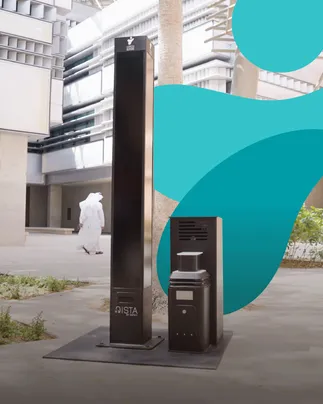His Highness Sheikh Hamdan bin Zayed Al Nahyan, Ruler's Representative in Al Dhafra Region and Chairman of the Board of Directors of the Environment Agency-Abu Dhabi, (EAD) praised the commitment of fishermen and their effective role in implementing the decisions and measures related to the fishing sector taken by the Agency to protect fish stocks. The new measures contributed significantly to reducing the effects of overfishing on the marine environment and resulted in an improvement in the fisheries ‘Sustainable Exploitation Index’ for the third year in a row. The index increased from 8.9% in 2018 to 62.3% at the end of 2021.
His Highness Sheikh Hamdan said: “The Agency would not have been able to record achievements in the field of protecting marine resources without the fruitful cooperation of the Ministry of Climate Change and Environment (MOCCAE) and its strategic partners. The stakeholders partnered within the framework have made comprehensive efforts to protect fish stocks, preserve the marine environment and its natural resources, and achieve sustainability in this sector. We must preserve the fishing heritage passed on from our ancestors for our future generations, so that they can enjoy the goodness of our land, and our cultural and natural heritage.”
His Highness Sheikh Hamdan added: “Due to the over-exploitation of fisheries and their severe depletion, the fishing sector in the emirate of Abu Dhabi was under pressure, which led to the reduction of stocks of the main commercial species to unsustainable levels, according to international benchmarks. This required the implementation of a set of international procedures and standards for the management of fisheries in Abu Dhabi, which today, has succeeded in achieving remarkable results. These were reflected in the performance indicators of fisheries, within the framework of the ambitious plan set by the Agency, with its relevant partners to transform the stock from a state of overexploitation to sustainably exploited.”
He further elaborated: “The measures taken by the Agency in response to population growth and the growing demand for fish, which has led to increased pressures on fish resources, will contribute to enabling fish stocks to recover on the long run, allowing at least 70% of our fisheries resources to recover sustainably by 2030.”
He also indicated that the increase in the Sustainable Exploitation Index to 62.3%, indicates that the administrative measures implemented are moving in the right direction, which will lead to the recovery of fish stocks by 2030.
Her Excellency Dr. Shaikha Salem Al Dhaheri, Secretary General of EAD said: “Based on detailed evaluations and scientific studies of fish resources conducted by us at EAD, and other relevant authorities throughout the years, a system of globally acceptable methods for managing the fish stock has been created and implemented in collaboration with our partners. These efforts resulted in the establishment of several marine reserves, the introduction and implementation of a system for licensing commercial and recreational fisheries, and the regulation of fishing equipment use. This is in addition to implementing a seasonal ban to protect fish during their breeding seasons and setting a minimum size of fish that can be caught for some major species, as well as the prohibition of unsustainable fishing methods.”
She added: “Since 2001, the Agency has been monitoring the state of fish stocks according to two basic indicators of sustainability, the first of which is the ‘Spawning Biomass per Recruit’ (SBR), index, which is the percentage of the fish that are old enough to spawn, allowing for the renewal of the stock. The index assessed 30 key species, which represented 96.8% of the total commercial catch in the emirate of Abu Dhabi during the year 2021 . The second indicator is the ‘Sustainable Exploitation Index’ that is used to describe the proportion of species that are sustainably exploited.
“Concerning the Sustainable Exploitation Index, the Agency's data revealed a noticeable increase in a short period of time from the implementation of fishing-related measures and procedures, reaching 62.3% at the end of 2021. The indicator was calculated in 2021 by evaluating a total of 32 species which represented 98.6% of landings in 2021.”
Her Excellency elaborated that the Agency’s data revealed an improvement in the percentage of the Spawning Biomass per Recruit which determines the proportion of the stock volume of 30 main commercial species, compared to the volume of their untapped stock. The index was calculated in 2021 by analysing a total of 30 fish species, which represented 96.8% of 2021 landings. Progress was also monitored towards increasing the average stock size from 8.1% in 2019 to 34% in 2021.
EAD has recorded a remarkable improvement in the state of fish stocks during 2021 for some of the main commercial fish species in the waters of Abu Dhabi.
The percentage of the average mature stock of Badah (Gerres longirostris) increased from 40% in 2015 to 62.5% in 2021, while the percentage of Hamour (Orange-spotted Grouper) increased from 15.8% in 2020 to 20.5% in 2021. The percentage of Qabit (Rhabdosargus sarba) also increased from 18.8% in 2018 to 26.9% in 2021. The percentage of mature stock of Aqalah (Lutjanus fulviflamma) increased from 64.8% in 2014 to 67.8% in 2021, and the percentage of Naiser (Lutjanus ehrenbergii), increased from 35.8% in 2018 to 48.5% in 2021.
As a result of the recent demand for fishing for other commercial species, during 2021, the Agency included two types of fish for the first time in the fish stock assessment study -Haqool and Aifah. The results showed that the stock of these fish is within the limits of sustainable exploitation.
It is expected that these indicators will rise in the coming years if the existing measures are continued, such as the banning of Gargoor fishing methods where three main species are targeted, including Hamour (Orange-spotted Grouper), Shaari (Spangled Emperor) and Farsh (Painted Sweetlips). This is in addition to the decision to prevent fishing using encircling nets in the waters of Abu Dhabi.
